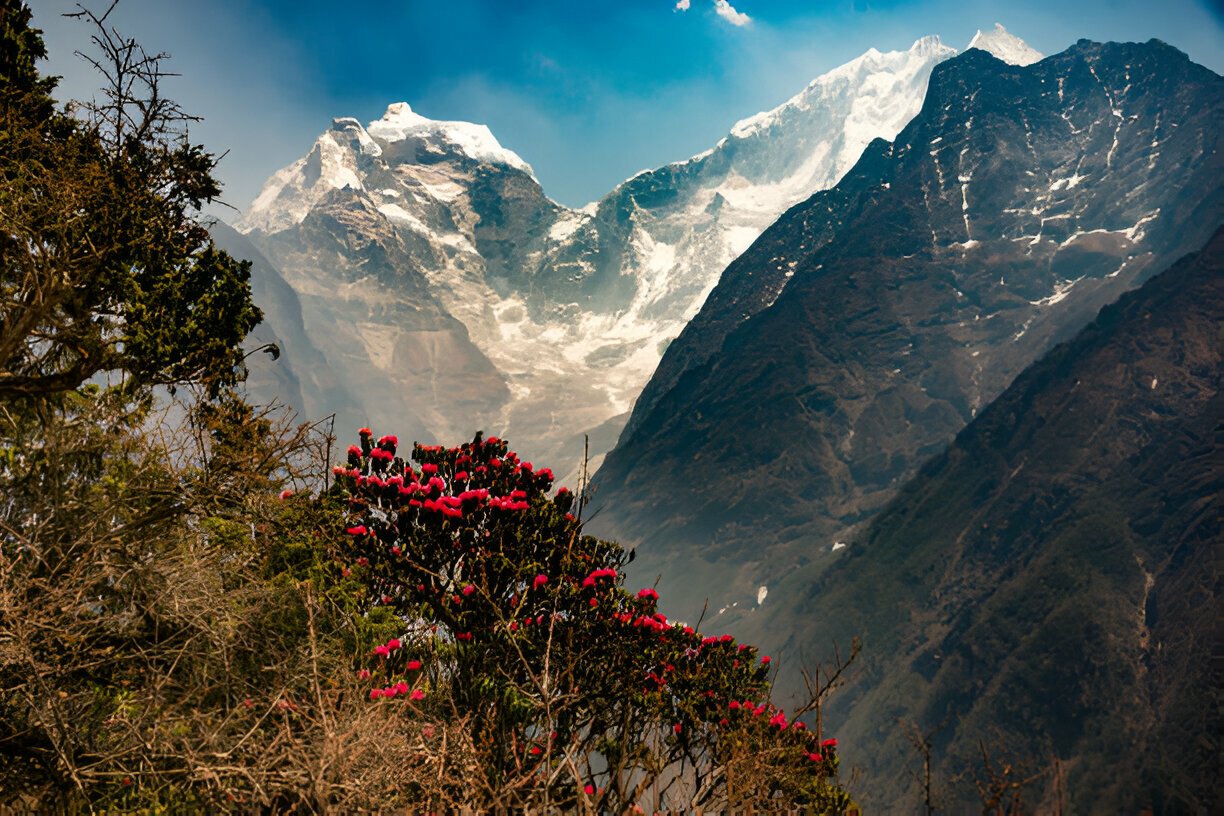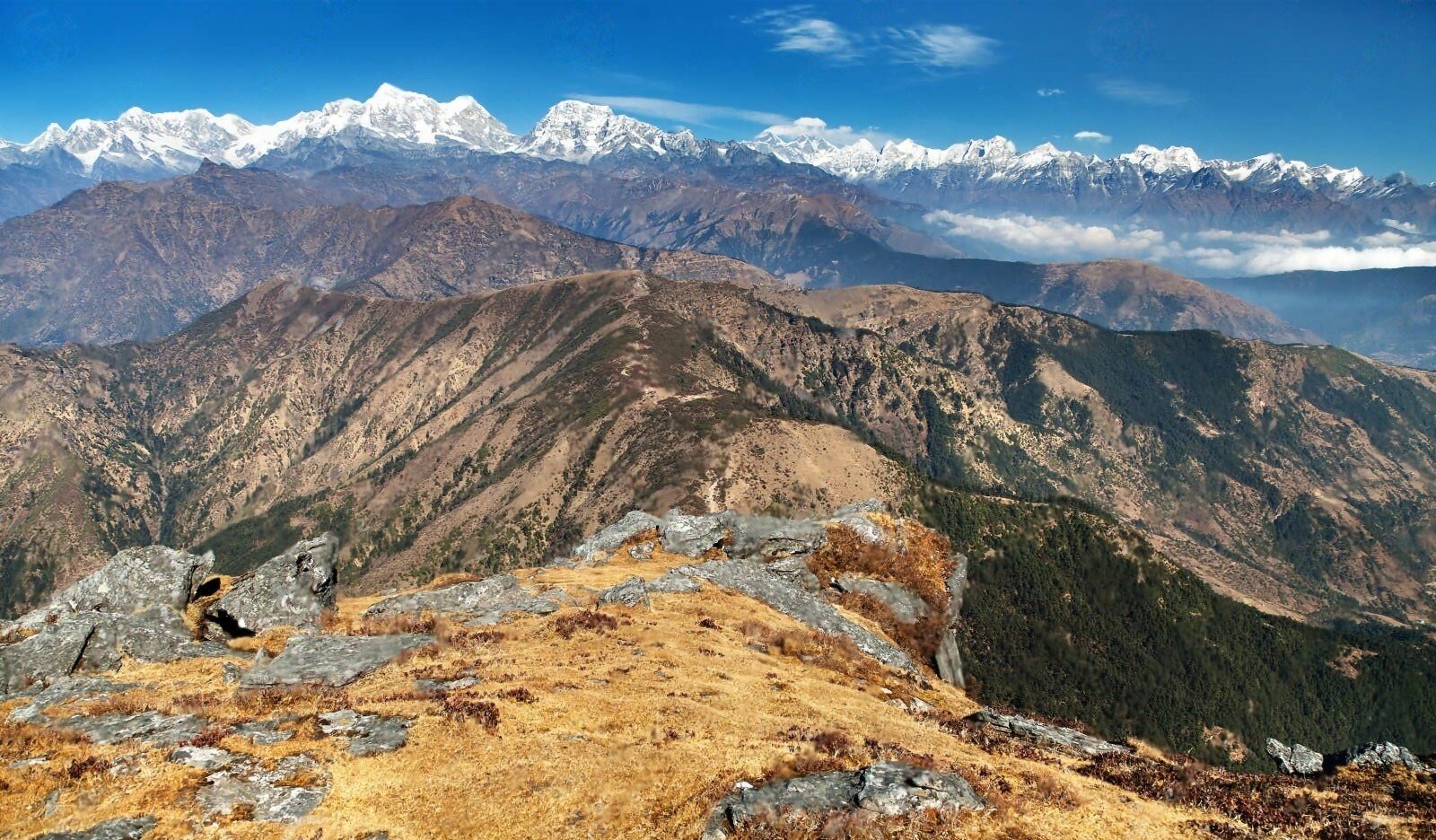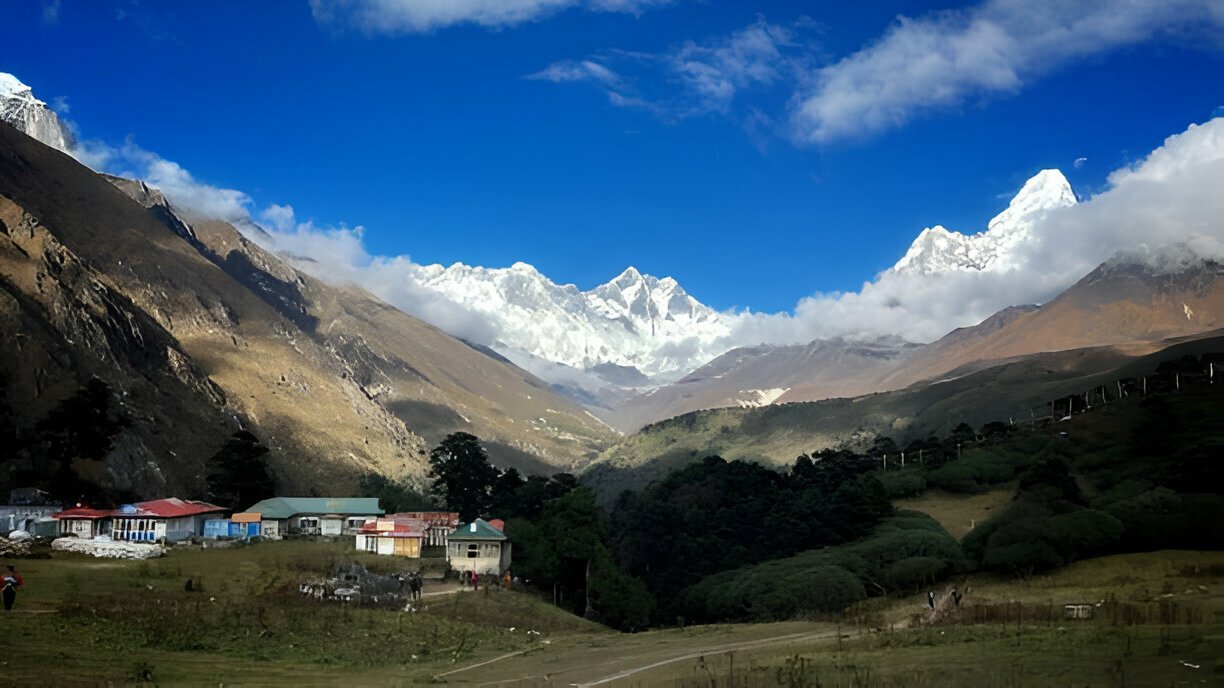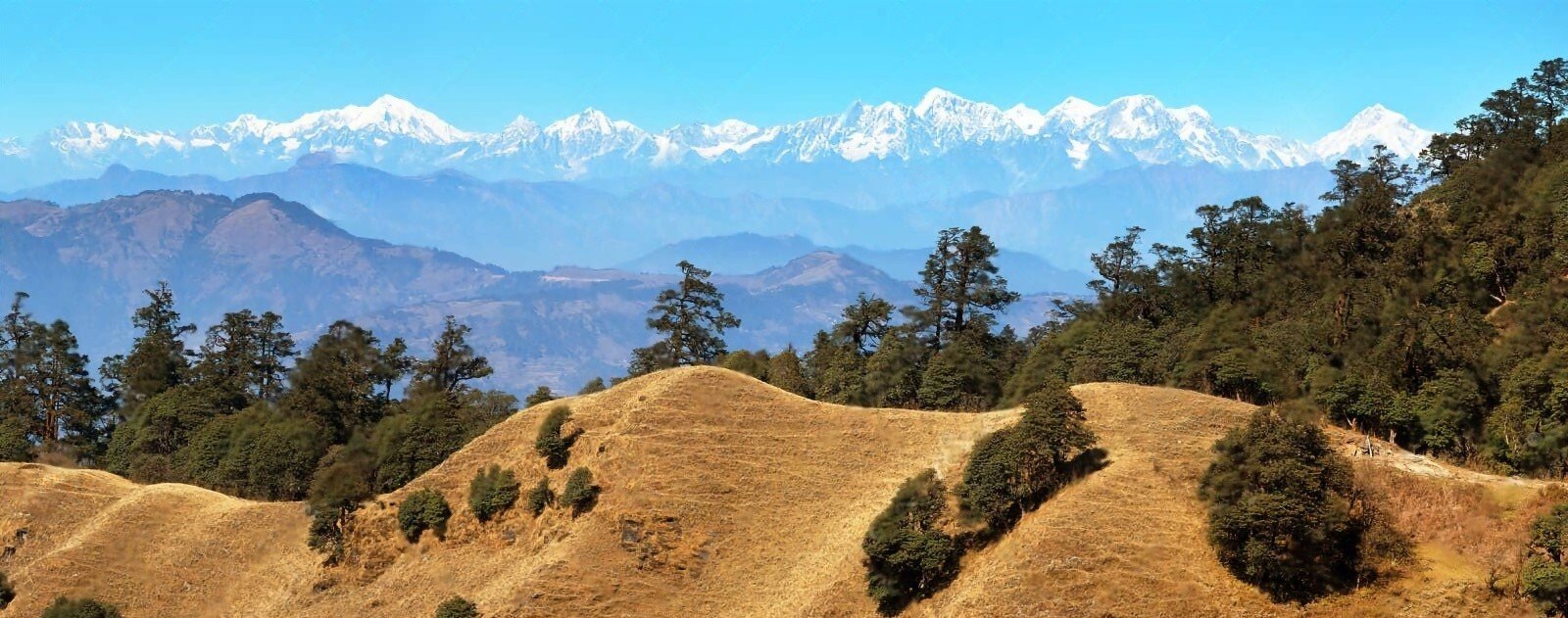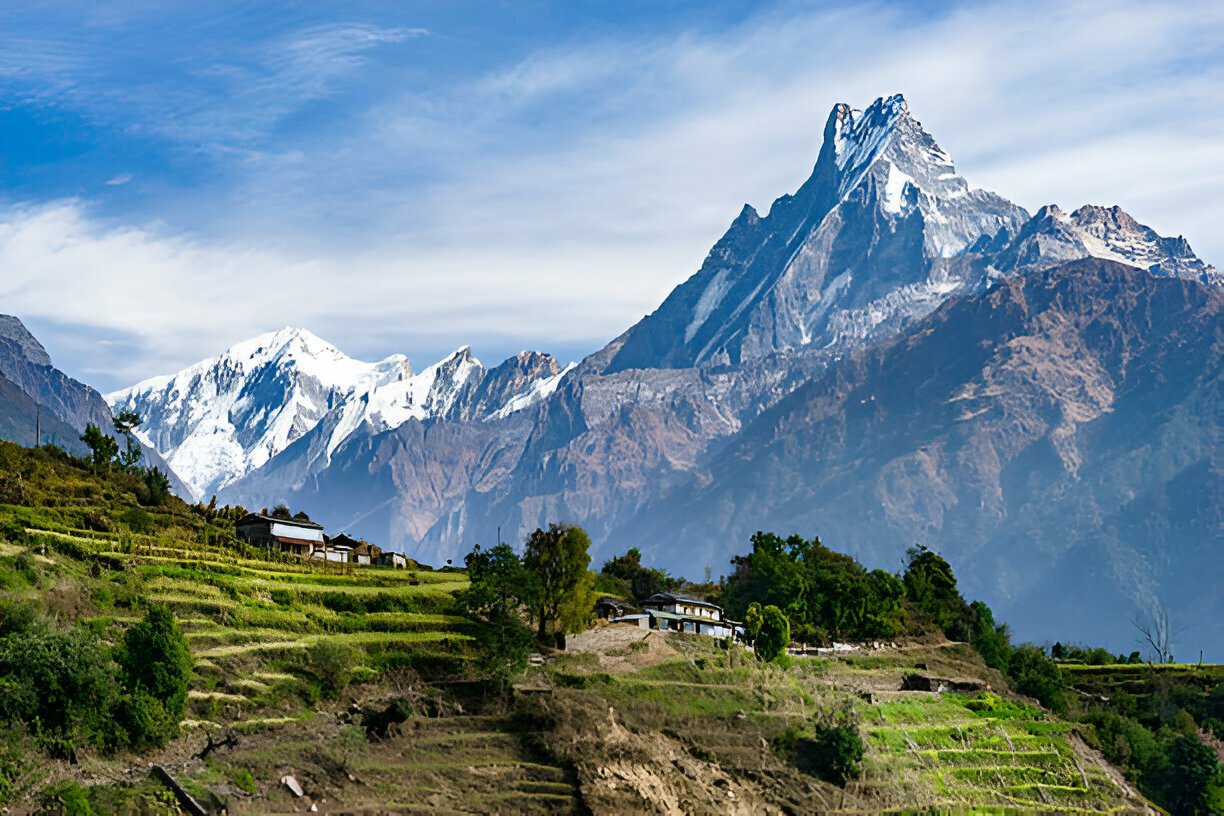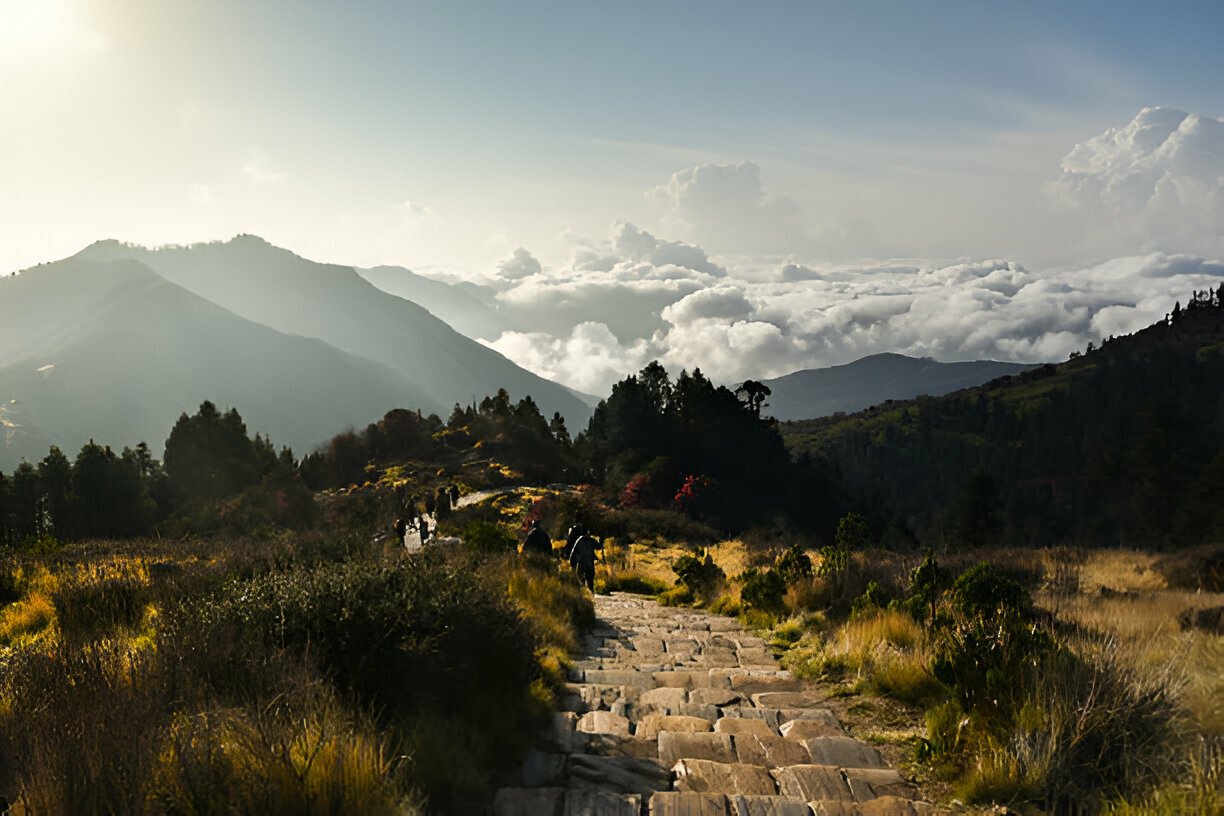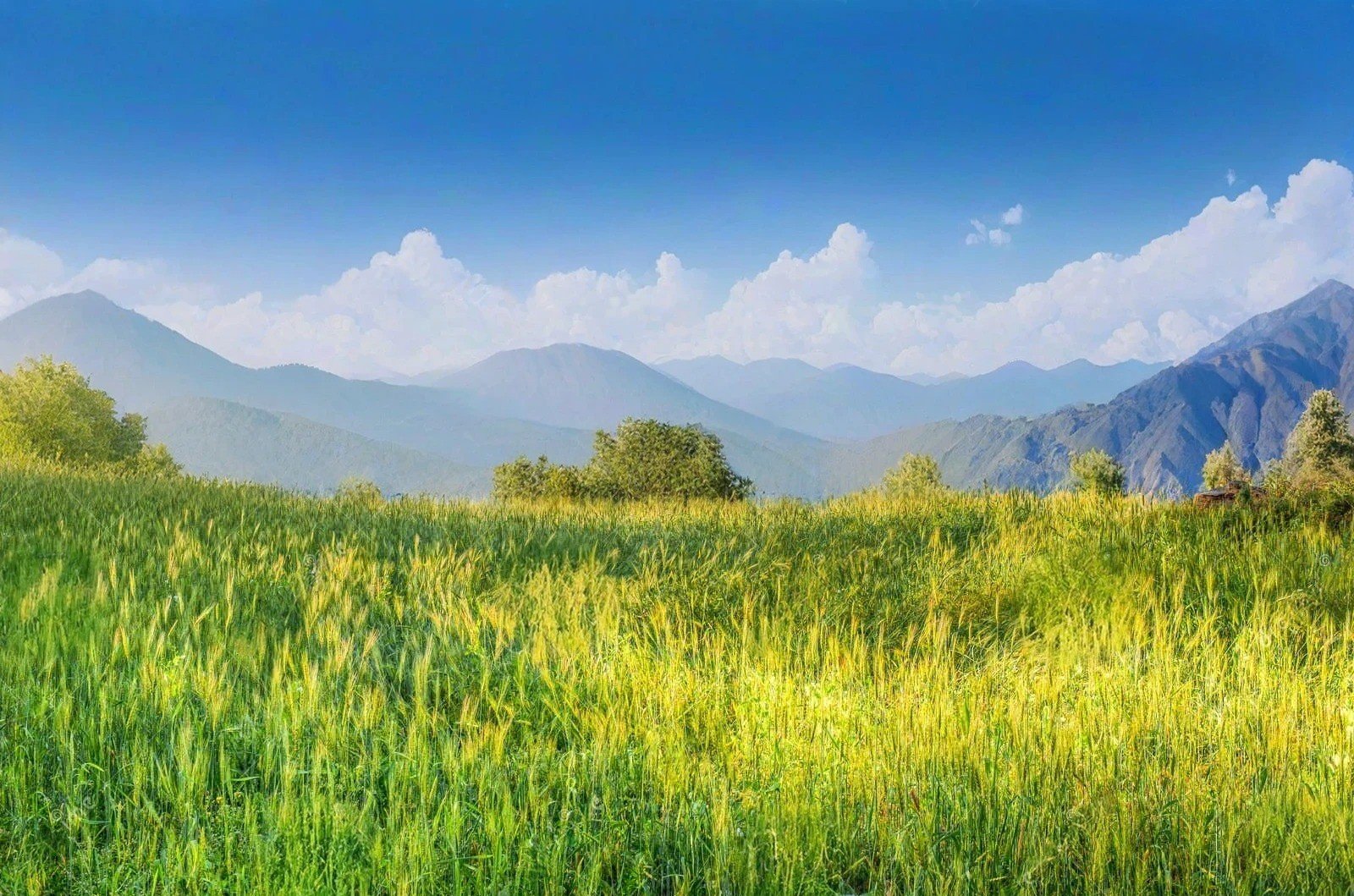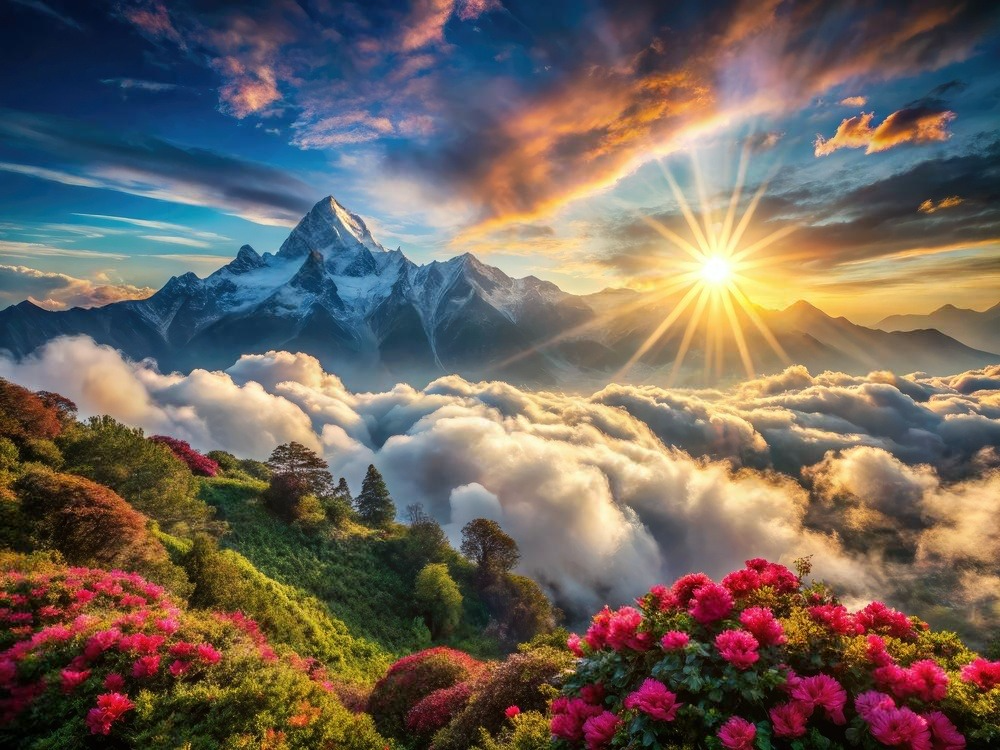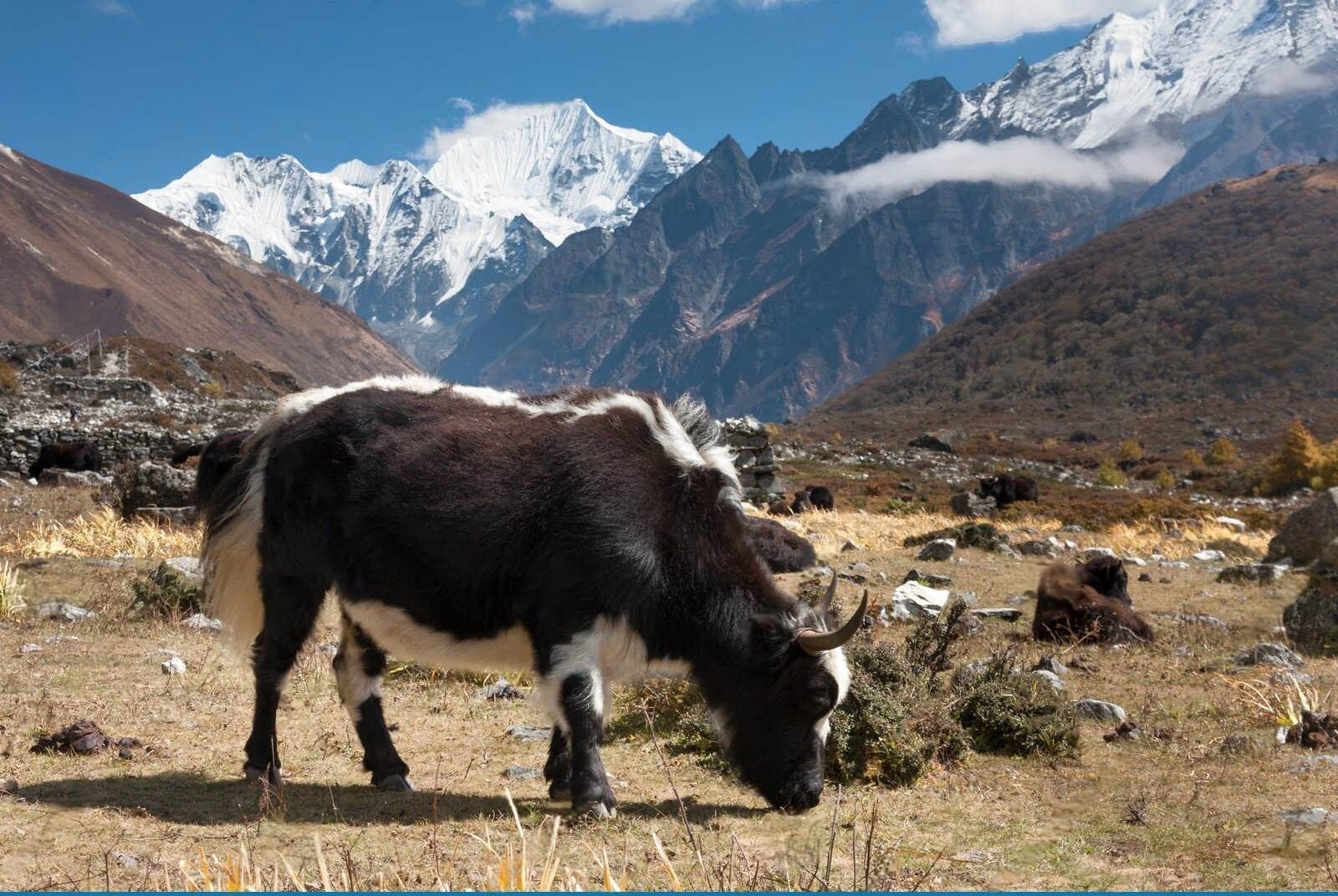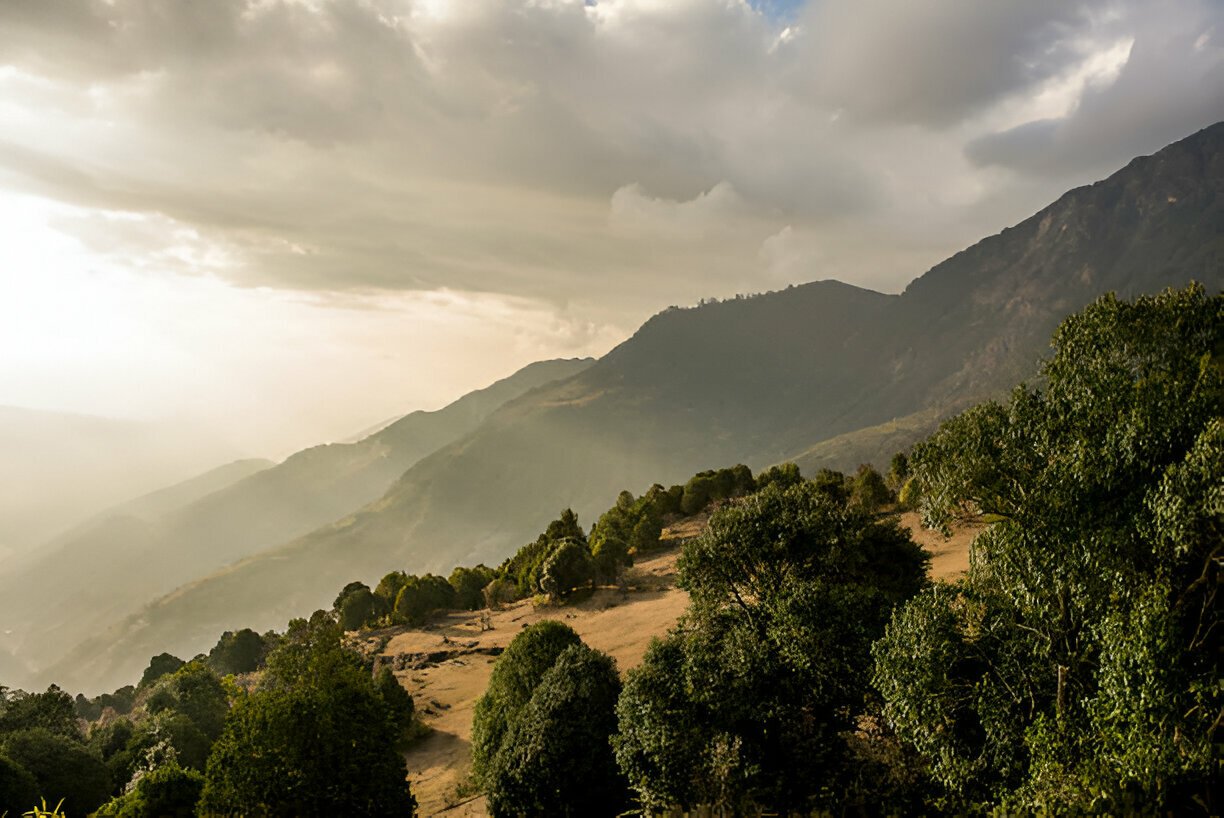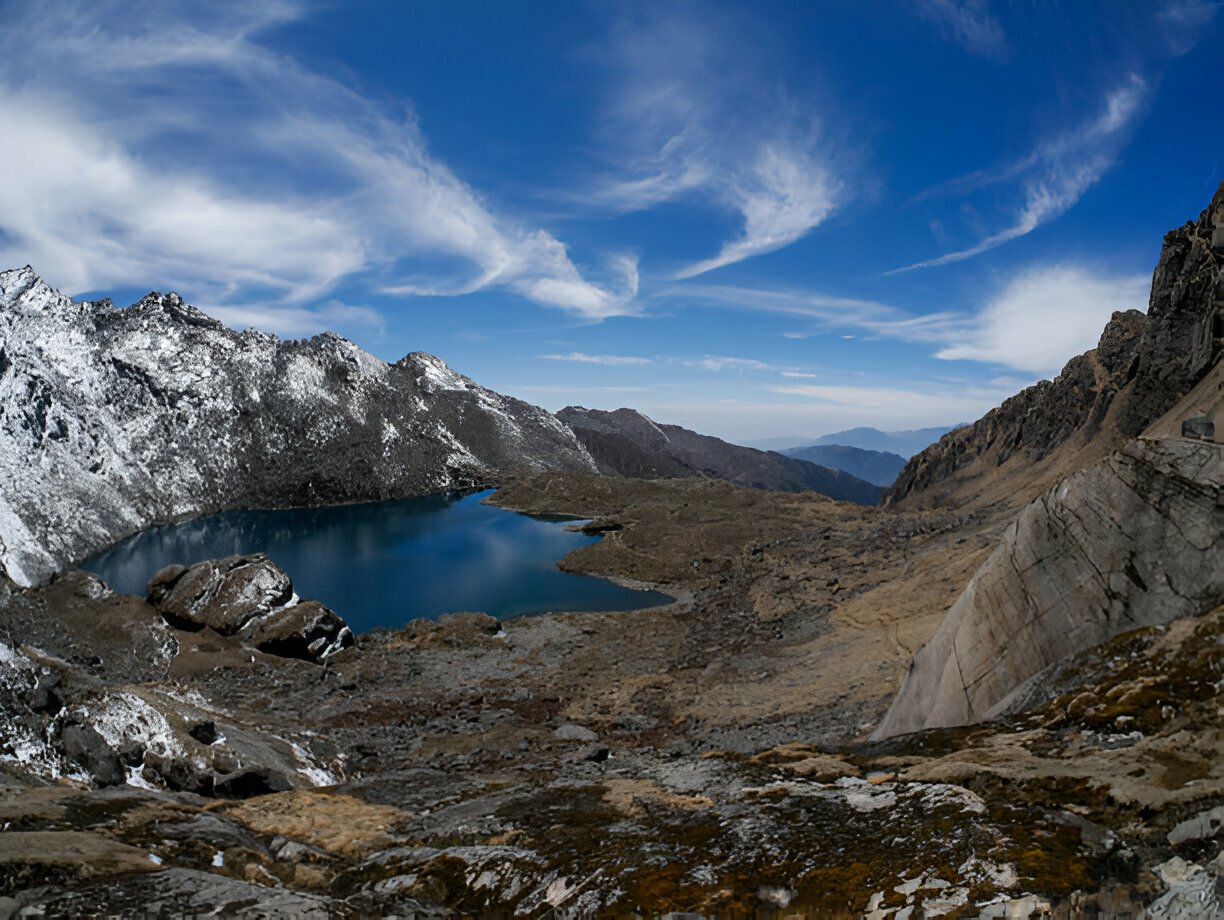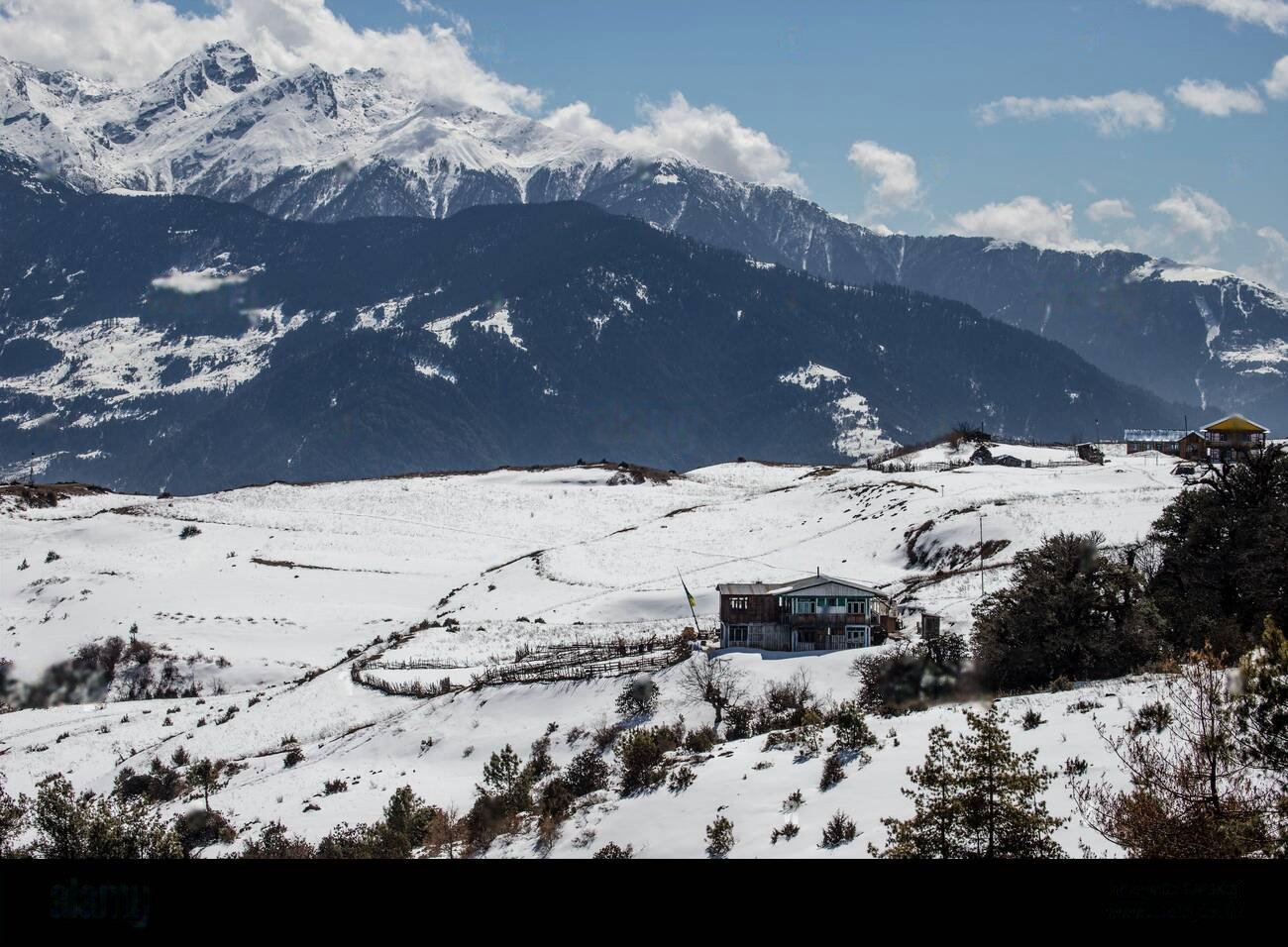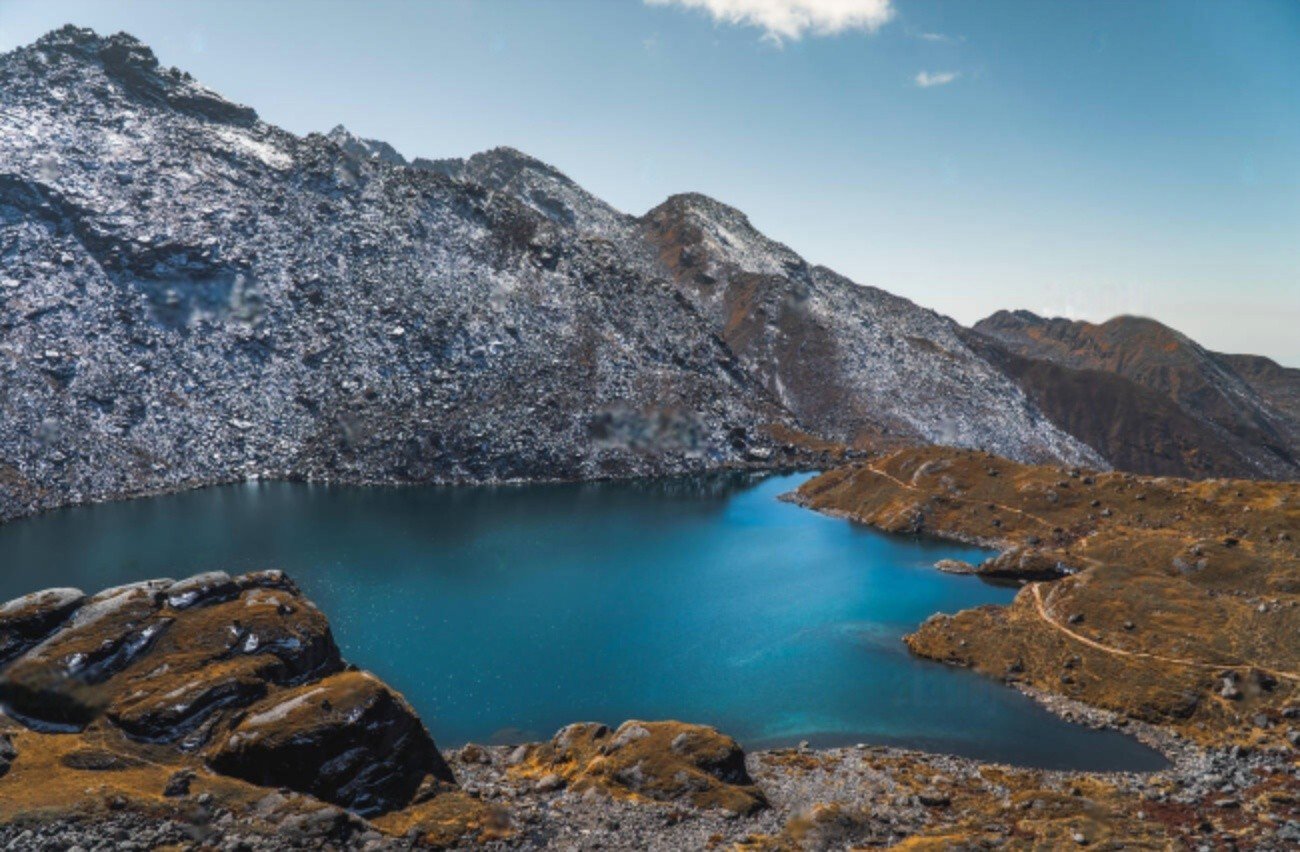 Detailed Information
Detailed Information
Trekking to Gosaikunda offers a transformative journey that engages all senses and connects visitors to one of Nepal's most powerful landscapes, a place where the physical and spiritual realms seem to merge amid the thin mountain air. What sets Gosaikunda apart from other trekking destinations is its unique combination of accessibility, religious significance, and alpine splendor that reveals itself gradually as you ascend through multiple ecological zones.
The journey typically begins in the lush middle hills, where terraced fields and subtropical forests frame traditional Tamang villages with their distinctive architecture and Buddhist prayer flags fluttering in the mountain breeze. As you climb higher, the trail winds through dense rhododendron forests that explode with crimson, pink, and white blooms during the spring months, creating a vibrant natural sanctuary. The forests gradually give way to high alpine meadows dotted with hardy wildflowers and the occasional grazing dzopkyo (yak-cow crossbreed), marking the transition into the high mountain ecosystem.
The final day's ascent to Gosaikunda delivers an almost otherworldly experience as you emerge above the treeline into a stark landscape of rock, snow, and sky. The first glimpse of the main lake often stops trekkers in their tracks, its deep blue waters reflecting the surrounding peaks in perfect symmetry, creating a natural mirror that seems to connect earth and heaven. The lake remains partially frozen for much of the year, with ice patterns adding texture to its surface well into the spring trekking season.
The spiritual presence at Gosaikunda is palpable, evidenced by prayer flags, small shrines, and stone chortens that mark the landscape. Even non-religious visitors often report a sense of reverence and connection when sitting beside these sacred waters. For those fortunate enough to visit during the Janai Purnima festival in August, the normally quiet shores transform into a vibrant pilgrimage site where sadhus (holy men) with matted hair and ash-covered bodies perform rituals alongside ordinary devotees who brave the difficult journey for a moment of spiritual purification.
The physical challenge of reaching Gosaikunda adds to its profound impact on visitors. The altitude gain is significant, with most trekkers spending at least one night at intermediate elevations to acclimatize. The thin air at 4,380 meters intensifies every sensation, colors appear more vivid, the mountain silence seems deeper, and the cold clarity of the air brings distant peaks into sharp focus. Many trekkers wake before dawn to witness the sunrise transform the lakes from dark pools to glistening jewels as first light catches the water's surface.
Throughout the trek, the cultural experience remains as rich as the natural one. Tea houses along the route serve as gathering places where trekkers from around the world share stories with local guides and porters, creating an international community united by the mountain journey. Local cuisine featuring dal bhat (lentils and rice), momos (dumplings), and warming ginger tea provides nourishment that somehow tastes more satisfying in the mountain air.
Weather plays a dramatic role in the Gosaikunda experience, with conditions changing rapidly at high elevation. Morning clarity often gives way to afternoon clouds that swirl around the peaks, sometimes delivering brief snow showers even in the spring and fall trekking seasons. These weather patterns create an ever-changing canvas of light and shadow that transforms the landscape throughout the day, ensuring that no two visits to Gosaikunda are ever quite the same.
Trekking to Gosaikunda offers a transformative journey that engages all senses and connects visitors to one of Nepal's most powerful landscapes, a place where the physical and spiritual realms seem to merge amid the thin mountain air. What sets Gosaikunda apart from other trekking destinations is its unique combination of accessibility, religious significance, and alpine splendor that reveals itself gradually as you ascend through multiple ecological zones.
The journey typically begins in the lush middle hills, where terraced fields and subtropical forests frame traditional Tamang villages with their distinctive architecture and Buddhist prayer flags fluttering in the mountain breeze. As you climb higher, the trail winds through dense rhododendron forests that explode with crimson, pink, and white blooms during the spring months, creating a vibrant natural sanctuary. The forests gradually give way to high alpine meadows dotted with hardy wildflowers and the occasional grazing dzopkyo (yak-cow crossbreed), marking the transition into the high mountain ecosystem.
The final day's ascent to Gosaikunda delivers an almost otherworldly experience as you emerge above the treeline into a stark landscape of rock, snow, and sky. The first glimpse of the main lake often stops trekkers in their tracks, its deep blue waters reflecting the surrounding peaks in perfect symmetry, creating a natural mirror that seems to connect earth and heaven. The lake remains partially frozen for much of the year, with ice patterns adding texture to its surface well into the spring trekking season.
The spiritual presence at Gosaikunda is palpable, evidenced by prayer flags, small shrines, and stone chortens that mark the landscape. Even non-religious visitors often report a sense of reverence and connection when sitting beside these sacred waters. For those fortunate enough to visit during the Janai Purnima festival in August, the normally quiet shores transform into a vibrant pilgrimage site where sadhus (holy men) with matted hair and ash-covered bodies perform rituals alongside ordinary devotees who brave the difficult journey for a moment of spiritual purification.
The physical challenge of reaching Gosaikunda adds to its profound impact on visitors. The altitude gain is significant, with most trekkers spending at least one night at intermediate elevations to acclimatize. The thin air at 4,380 meters intensifies every sensation, colors appear more vivid, the mountain silence seems deeper, and the cold clarity of the air brings distant peaks into sharp focus. Many trekkers wake before dawn to witness the sunrise transform the lakes from dark pools to glistening jewels as first light catches the water's surface.
Throughout the trek, the cultural experience remains as rich as the natural one. Tea houses along the route serve as gathering places where trekkers from around the world share stories with local guides and porters, creating an international community united by the mountain journey. Local cuisine featuring dal bhat (lentils and rice), momos (dumplings), and warming ginger tea provides nourishment that somehow tastes more satisfying in the mountain air.
Weather plays a dramatic role in the Gosaikunda experience, with conditions changing rapidly at high elevation. Morning clarity often gives way to afternoon clouds that swirl around the peaks, sometimes delivering brief snow showers even in the spring and fall trekking seasons. These weather patterns create an ever-changing canvas of light and shadow that transforms the landscape throughout the day, ensuring that no two visits to Gosaikunda are ever quite the same.

From $0
Price Varies from Group Size
Success
Here goes about why the success toast occurred.
 Activity Outline
Activity Outline
Kathmandu to Dhunche (1,960m)
Dhunche to Sing Gompa/Chandanbari (3,330m)
Sing Gompa to Lauribinayak (3,910m)
Lauribinayak to Gosaikunda (4,380m)
Rest Day at Gosaikunda
Gosaikunda to Gopte (3,430m)
Gopte to Kutumsang (2,470m) and Return to Kathmandu
 Good to Know
Good to Know
Acute Mountain Sickness (AMS) is a real concern due to the rapid altitude gain; build in acclimatization days and consider carrying appropriate medication after consulting with a doctor before your trip.
Cultural Highlights
Janai Purnima Festival: Major annual pilgrimage event in August drawing thousands of devotees
Shamanic Traditions: Local Tamang shamans perform rituals connecting nature spirits to human communities
Buddhist Prayer Flags: Colorful flags carrying prayers on the wind surround the lake area
Traditional Music: Pilgrim groups often perform devotional music with traditional instruments
Living Mythology: The site brings ancient Hindu texts to life through continued ritual practices
Visitor Etiquette
Trek with a "leave no trace" mindset, carry out all waste
Respect the sacred nature of the lakes, no swimming except for ritual purposes
Dress modestly when around pilgrimage sites and local villages
Ask permission before photographing people engaged in religious activities
Speak quietly near religious shrines and meditation areas
Use only designated camping areas if not staying in tea houses
Respect altitude recommendations for acclimatization
Nearby Attractions
Langtang Valley Trek: Famous trek through villages affected by the 2015 earthquake (2-3 day detour)
Sing Gompa Monastery: Ancient Buddhist monastery en route to Gosaikunda
Helambu Circuit: Cultural trek through Sherpa and Hyolmo villages (can be combined with Gosaikunda)
Lauribina Pass: Spectacular mountain pass offering panoramic views (part of typical itinerary)
Tamang Heritage Trail: Cultural immersion experience in traditional villages (separate 5-day trek)
 Reviews
Reviews
 FAQs (Frequently Asked Questions)
FAQs (Frequently Asked Questions)
Your queries are answered.
When is the best time to visit Gosaikunda?
The prime seasons are spring (March-May) when rhododendrons bloom and autumn (September-November) when skies are clearest. Summer (June-August) coincides with monsoon rains but is the pilgrimage season, with the Janai Purnima festival typically falling in August. Winter (December-February) sees heavy snowfall, making the trek challenging and tea houses limited, though possible with proper equipment and experienced guides.
Do I need a guide to trek to Gosaikunda?
While not legally required for Nepali nationals, foreign visitors are no longer permitted to trek independently in most regions of Nepal, including Langtang National Park. Hiring a licensed guide is now mandatory for foreign trekkers. This policy supports local employment and enhances safety. Many trekkers find that a knowledgeable guide significantly enriches the cultural and natural understanding of the region.
What accommodation is available along the trek?
The Gosaikunda trek route is served by basic tea houses in all major stopping points, including at Gosaikunda itself. These provide simple twin rooms, shared toilets (usually squat style), communal dining areas, and basic but hearty meals. During peak season and especially during the Janai Purnima festival, accommodations can fill quickly, so advance booking through a trekking agency is recommended.
What about altitude sickness?
Altitude sickness is a genuine concern on this trek due to the rapid elevation gain. Symptoms can include headache, nausea, dizziness, and fatigue. To minimize risk, the itinerary should include proper acclimatization days, adequate hydration (at least 3-4 liters daily), and a steady, slow pace ("pole pole" in Nepali trekking parlance). Consider discussing altitude medications with your doctor before departing.
Is the water safe to drink during the trek?
Natural water sources should always be treated. Most tea houses sell boiled water and bottled water, though the latter creates plastic waste issues in the mountains. Environmentally conscious trekkers bring water purification tablets, SteriPENs, or filter bottles. Despite its sacred status, Gosaikunda Lake water is not recommended for drinking without treatment due to both religious respect and health considerations.
What about the internet and electricity during the trek?
Connectivity diminishes as you ascend. Dhunche has relatively reliable cellular service and electricity, while Sing Gompa and Chandanbari may have intermittent signals. At Gosaikunda itself, connectivity is minimal to non-existent. Tea houses typically offer battery charging for a fee, but power is often limited to certain hours via solar panels or small generators. Bringing a power bank is recommended.
How much does the Gosaikunda trek typically cost?
Cost varies widely based on season, group size, and services required. Budget trekkers can manage on approximately $25-35 per day covering tea house accommodation and meals. Adding a guide costs around $25-30 daily, while porters charge $15-20. Agency-organized treks with more comprehensive services typically range from $600-900 for the 7-day itinerary, including transportation, permits, accommodation, meals, and staff.




